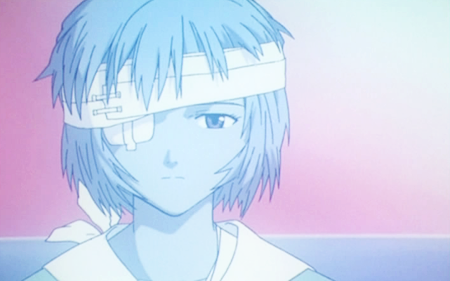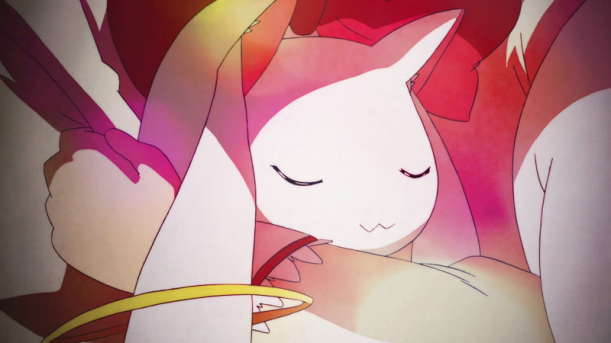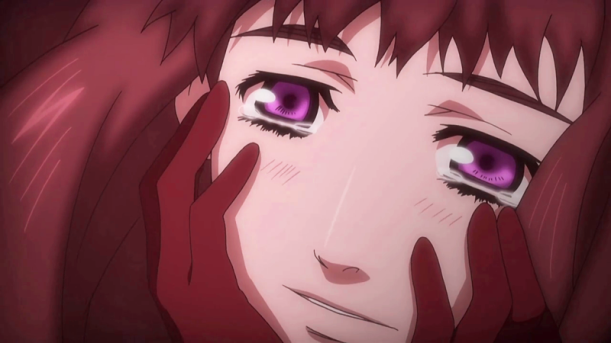After a while thinking about some of the things relating to gender and sexuality in Japanese pop culture that I want to dissect here, I realized that I need to make this post first, so that I don’t have to repeat some form of it every time I discuss those topics. Consider it a declaration of intent.
I find gender and sexuality to be interesting subjects. They’re also very fraught ones. There often exists, in the great wild blogosphere today (if not quite so much the aniblogosphere, which is one reason I’m joining it, incidentally), an unspoken expectation that if someone speaks about issues of gender and sexuality, she should do so with great force and wise judgment, proposing the proper progressive feminist queer-positive perspective on any given topic. The problem with that is that great force and wise judgment are exhausting, and they invite other people to respond with their own reiterations of great force and (possibly differing) wise judgment, and the resulting tension is even more exhausting.
So when I talk about these things here, I’m not actually going to be judging all that hard. Just offering my observations.
Of course, I will make note here and there of some things that displease me here and there, and some things that please me. More of the latter, really, since I’ve found that if I talk more about the things that please me than the things that displease me, I’m happier in the end. Which leads me to another thing.
I am quite aware that despite the existence of badass magical girls and heart-rending yaoi and yuri pairings, Japan is neither the Feminist Paradise nor the Homo Paradise. I still like those badass magical girls and heart-rending yaoi and yuri pairings. I even think some of them put forth stronger woman-focused messages than the jaded Western otaku attempting to enjoy them only in their proper place as a guilty pleasure will give them credit for. But I don’t think their fantasies map to public Japanese sentiment in favor of progressive values, like the more adoring and also younger fans would sometimes like to believe, or for that matter even necessarily to their creators’ real-life stances on the topics.
A more realistic view of modern Japanese society will indeed admit that its stratified, conservative nature has produced a general lag in the advancement of some progressive movements. In other words: yeah, in actual practice Japan is for the most part more sexist, heteronormative, and homophobic than the West is.
And yet.
I also don’t like the hardline stance you often get over here of, “Look at that backwards bunch of islands on the other side of the Pacific! We must cleanse our hands of the misogyny bugs if we accidentally touch any gunpla. Are your detoxifying Western-feminist goggles on? Good, then we may proceed to watch some anime. But if it’s yuri anime, first we must intone the solemn oath of This Has No Relation At All To Real Queer Women Anywhere, and afterwards we will conduct the ritual burning of Kannazuki no Miko DVDs.”
(I exaggerate, of course, but…well. As you can see, I’m going to occasionally bring up attitudes among various factions of English-language-fandom otaku that have irked me in the past, but I’m going to try not to get too carried away with that.)
Sure, we’re talking about an exceptionally socially homogenous nation here, but it’s an exceptionally socially homogenous nation of about 128 million people. Out of that lot, anime, manga, and games sometimes float around in an odd and rather suspect niche space anyway. Assuming that they all hew to the conservative-family-values line and any deviations from it in even the more niche examples of their fiction must always be either misinterpretation by naive Western fans or straight-up fetishization and nothing else is going a little too far. On top of that, while I don’t think Japan gets a get-out-of-misogyny-free card for being a very different culture, I do think that since my understanding of that different culture is limited, I’m better off being somewhat cautious about the profound moral implications of the societal conclusions I draw from anime. If nothing else, I’d just be embarrassed to come off like the people who got to the eighth episode of Madoka and started proclaiming that it was a misogynist work because the message it carried to adult male viewers was that female empowerment was a horrible thing.
And just because their society is conservative about gender and sexuality doesn’t mean that it’s simple or clear-cut. I have every intention of following through on some research about the way shoujo developed in the 1970s and so on, the history of the Year 24 Group, and the threads of influence passing between shoujo and shounen and male and female mangaka in both. Then I’ll post about it.
Japan: it’s pretty different over there than it is here, a lot of the time. There are a lot of screwed-up things there, and quite a bit I could be judgmental about in their pop culture if I felt like it. I am aware of all this. But here, I’d prefer to mostly discuss and observe, not judge so much. I like it better that way.
With that out of the way, I believe I can get my ass into gear on posts about Madoka Magica’s commentary on moe and the perfection of Akemi Homura. This post got longer than I intended, but in any case it will now sit here for me to link to whenever I talk about trashy yuri anime and other such things.

![I have a really startling number of opinions on this one [Shizuru and Natsuki]](https://candyblender.files.wordpress.com/2012/07/cb9.png?w=500&h=373)






